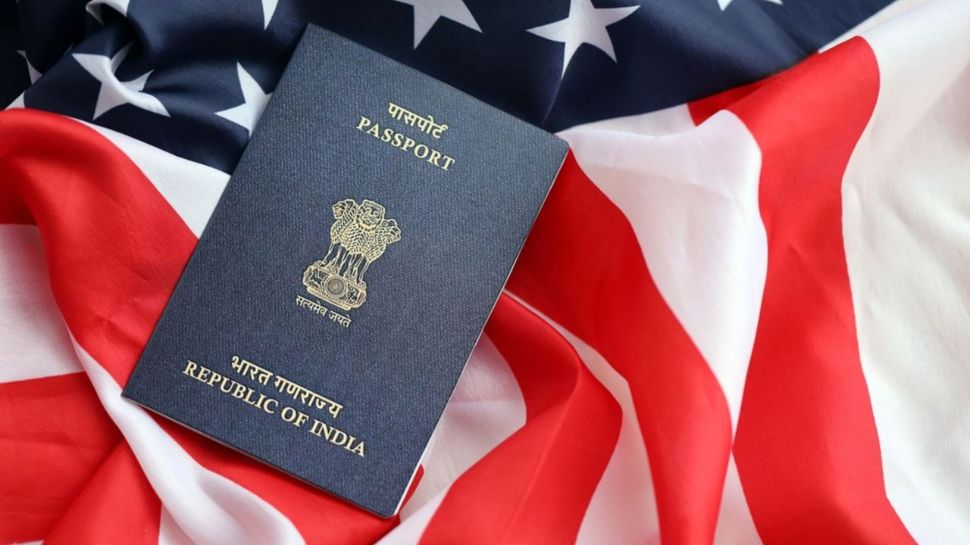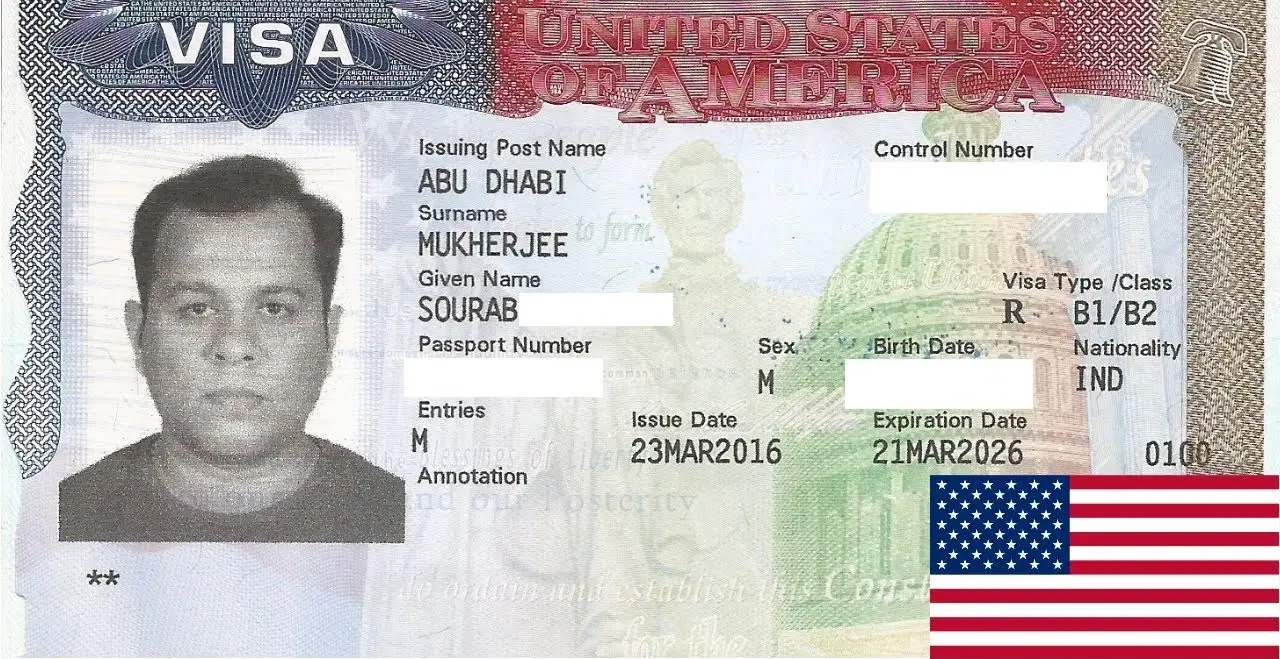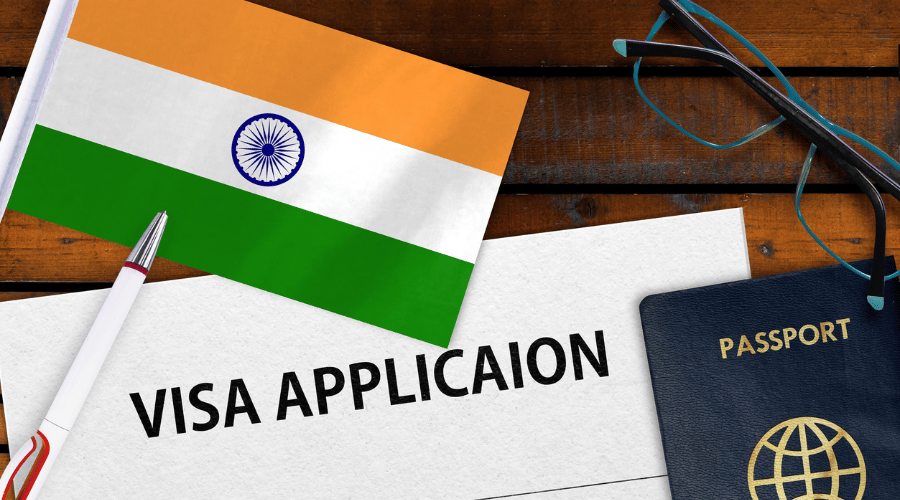Why Hiring a Consultant Can Help With US Visas For Indian Citizens
Opening Opportunities: Vital Information on US Visas for Indian Citizens
Maneuvering the intricacies of US visa options is crucial for Indian citizens aiming to discover opportunities in the US. With different groups varying from momentary site visitor visas to paths for permanent residency, comprehending the nuances of each can considerably impact one's journey. This discussion will certainly highlight vital information, including application procedures and eligibility standards, that can empower individuals in their quest of new experiences. As we unbox these important aspects, the question arises: what techniques can one employ to boost their opportunities of an effective application?
Overview people Visa Kind
When passing through the complex landscape people migration, understanding the various types of visas offered is essential for Indian citizens looking for entry into the US (US Visas For Indian Citizens). The US migration system is mainly classified into two wide classifications: immigrant visas and non-immigrant visas
Immigrant visas are assigned for those meaning to live permanently in the US. These include family-sponsored and employment-based visas, where applicants typically need a sponsor. Non-immigrant visas, on the various other hand, deal with people seeking short-term residence, such as travelers, company visitors, and those taking a trip for certain purposes like job or research study.
Within the non-immigrant category, a number of visa types exist, consisting of B-1/ B-2 for business and tourist, H-1B for specialty occupations, L-1 for intra-company transferees, and O-1 for individuals with extraordinary capacities. Each visa has distinctive qualification requirements and application procedures, requiring comprehensive study to figure out the proper category.
Understanding these classifications is vital for Indian people, as it enables them to navigate the application procedure a lot more effectively, guaranteeing they select the correct visa kind to meet their details requirements and purposes. Types Of US Visas.
Trainee Visa Options
For Indian citizens aiming to study in the US, student visas present an essential pathway to go after academic chances. The main visa classifications for pupils are the F-1 and M-1 visas.
The F-1 visa is designated for academic students signed up in a permanent program at an approved institution, such as universities and colleges. This visa allows pupils to take part in on-campus work and, under particular conditions, take part in optional practical training (OPT) after completing their level, providing valuable job experience in their area of research.
On the other hand, the M-1 visa is meant for professional or non-academic programs. It provides to trainees going after technical or employment training, permitting them to enroll in non-degree programs. M-1 visa holders might take part in practical training, but it is normally extra minimal contrasted to the F-1 classification.
To obtain a student visa, candidates need to protect admission to an U.S. institution, receive a Kind I-20, and demonstrate economic capacity to support their education and learning and living costs. Comprehending these visa alternatives is considerable for Indian citizens intending to commence their educational trip in the US.
Visa Categories
Numerous Indian citizens seeking employment possibility in the US might think about different categories tailored to various professional demands and credentials. The most noticeable is the H-1B visa, created for experienced employees in specialized professions needing a greater education level or its equal. It enables US companies to temporarily utilize foreign employees, with a cap on the number of visas released every year.
An additional essential group is the L-1 visa, which facilitates the transfer of employees within multinational firms. The L-1A visa is for supervisors and execs, while the L-1B visa is for workers with specialized knowledge.
The O-1 visa accommodates people with extraordinary capabilities in their area, consisting of scientific research, arts, or organization. For farming or seasonal job, the H-2A and H-2B visas are offered, permitting employers to employ international employees for short-term placements.
Family-Based Migration
Family-based migration gives a path for US citizens and legal irreversible residents to reunite with their loved ones from India. This migration category is fundamental for preserving domestic bonds and promoting the assimilation of member of the family into USn society. US citizens can seek for instant family members, including partners, youngsters, and moms and dads, without encountering yearly restrictions on visas. This expedited procedure considerably minimizes waiting times for these close family connections.
In comparison, authorized permanent citizens might fund partners and unmarried children, yet they undergo yearly caps, leading to longer wait times. The family-sponsored migration system is separated right into two primary classifications: prompt loved ones and family members preference groups. The previous includes those that have a direct partnership with a united state citizen, while the last incorporates even more distant loved ones, such as brother or sisters and wedded kids of citizens, and youngsters of legal long-term residents.
For Indian citizens looking for family-based immigration, understanding the nuances of this system is essential. Appropriate documentation and adherence to application methods are essential for effective sponsorship. By maneuvering with these complexities, family members can work towards rejoining and constructing their lives with each other in the US.
Long-term Residency Process
The procedure of acquiring long-term residency in the US involves a number of key visa categories customized for Indian residents. Comprehending the application steps, including essential paperwork and qualification criteria, is important for an effective end result. Furthermore, potential candidates ought to understand the anticipated timeline and specific demands connected with each group.
Visa Categories Introduction
While passing through the complexities of the US immigration system, Indian citizens seeking long-term residency has to familiarize themselves with different visa categories tailored to various conditions. The primary path for irreversible residency is with employment-based visas, which are classified into several choices, consisting of EB-1 for individuals with extraordinary capabilities, EB-2 for experts holding sophisticated levels, and EB-3 for proficient workers. Each group has particular qualification demands and processing times.
)
Variety visas, although restricted in number, offer a possibility for people from underrepresented countries to obtain permanent residency through a lottery system. Additionally, humanitarian options such as asylum and refugee standing deal pathways for those facing persecution.
Comprehending these visa categories is necessary for Indian people, as they significantly influence the method for acquiring long-term residency in the US. Each classification's subtleties and demands necessitate mindful consideration to line up with private conditions and goals.
Application Process Steps
Guiding the application process for permanent residency in the US involves numerous vital actions that need to be carefully followed to guarantee an effective end result. The trip usually starts with determining the ideal immigration classification, such as employment-based or family-sponsored visas. Applicants need to collect crucial documents, including proof of qualification, financial statements, and individual identification.
When the group is determined, the following step is to submit the Kind I-130 (Request for Alien Relative) or Kind I-140 (Immigrant Request for Alien Employee), depending on the basis of the application. Adhering to the approval of the petition, applicants will require to complete the National Visa Facility (NVC) handling by sending the needed costs and forms.
Next, the applicant has to go through a medical examination and acquire cops clearance certificates. When these are completed, a meeting will be set up at the US consulate or embassy. It is vital to prepare extensively for this meeting, as it can considerably impact the decision on the application. Upon authorization, the candidate will certainly receive their visa, granting them permanent residency in the United States.
Timeline and Requirements
Charting the timeline and requirements for getting permanent residency in the US is necessary for Indian citizens looking for to develop a long-lasting visibility. The procedure mostly depends upon employment-based or family-sponsored paths, each with particular requirements and timelines.
For employment-based migration, the procedure typically starts with a labor certification, which can take several months. As soon as approved, the company files a Form I-140, Immigrant Petition for Alien Employee, which can take an extra six months to a year, depending upon the processing facility. Adhering to I-140 approval, candidates may require to wait on their top priority date to come to be present, which can differ substantially based on the candidate's category and native land.
For family-sponsored immigration, US people can seek for immediate loved ones, which normally results in faster handling. Nevertheless, other family groups might include much longer wait times as a result of annual caps.
Application Treatments
Understanding the application treatments for US visas is crucial for Indian citizens looking for entry right into the US. US Visa Categories India. This section will certainly offer an overview of various visa categories and describe the detailed procedure for using. By following these standards, candidates can navigate the complexities of the visa effectively
Visa Categories Introduction
Steering the various visa categories offered to Indian people can be a complex process, however it is crucial for those looking for to take a trip, function, or study in the US. The US visa system is categorized mostly right into non-immigrant and immigrant visas, each offering distinctive functions.
Non-immigrant visas, such as B-1/ B-2 for business and tourism, F-1 for scholastic research study, and H-1B for specialized employment, enable temporary remains. Candidates should demonstrate their intent to go back to India after their go to.
On the other hand, immigrant visas, consisting of family-sponsored and employment-based groups, provide a pathway to permanent residency. These visas typically require sponsorship from a relative or company in the US, together with a strenuous application process.

Step-by-Step Refine
Typically, the application procedure for US visas includes numerous critical actions that candidates have to thoroughly follow to ensure a smooth experience. The very first step is to establish the suitable visa classification based upon the function of traveling, such as work, study, or tourist. As soon as the group is determined, candidates have to finish the on the internet DS-160 type, offering accurate individual information and travel details.
After submitting the DS-160, candidates should pay the visa charge, which differs by visa kind. Next, arrange a consultation for a visa meeting at the nearest US Embassy or Consular Office. US Visas For Indian Citizens. It is vital to plan for the interview by event called for papers, consisting of a valid visa, visa verification, charge payment receipt, and any supporting documents certain to the visa classification
On the day of the interview, get here punctually and dress properly. During the interview, be prepared to respond to questions concerning your travel intentions, economic security, and connections to India. If authorized, the visa will certainly be stamped in the visa, enabling for traveling to the United States. Complying with these steps assures an efficient and efficient application process for Indian citizens.
Tips for an Effective Application

Ensure that all forms are completed properly and honestly. Small mistakes or noninclusions can result in delays and even rejections. It is recommended to gather all necessary supporting records, consisting of monetary statements, employment letters, and proof of ties to India, which demonstrate your intent to return post-visit.
Get ready for your visa meeting by practicing responses to typical concerns connected to your traveling plans and history - US Visa Requirements. Confidence and quality can considerably influence the police officer's impression. Take into consideration looking for aid from trusted immigration experts if you feel overloaded.
Often Asked Inquiries
What Are the Processing Times for US applications?
Handling times for US visa can differ significantly based upon the visa type, application volume, and the candidate's area - US Visas For Indian Citizens. Generally, applicants need to prepare for a processing duration varying from a few weeks to several months
Can I Change My Visa Status While in the US?
Yes, individuals can transform their visa status while in the US, provided they meet eligibility needs and follow appropriate procedures. It is crucial to file the suitable application with US Citizenship and Immigration Provider (USCIS)
Are There Age Boundary for US Visa Candidates?
There are usually no certain age restrictions for US visa applicants; however, specific visa classifications may have age-related qualification criteria. It is very important to assess the needs for each and every visa kind to ensure conformity.
What Are Common Reasons for Rejection?
Usual reasons copyright rejection include not enough financial sources, failing to demonstrate connections to the home country, insufficient application, absence of proper documentation, previous immigration infractions, and failing to meet qualification criteria for the details visa category.
Just How Can I Appeal a Visa Rejection Choice?
To appeal a visa rejection, review the consular police officer's reasons, collect sustaining paperwork, and submit a formal interest the ideal authority, making certain to stick to specified timelines and step-by-step demands for the appeal procedure.